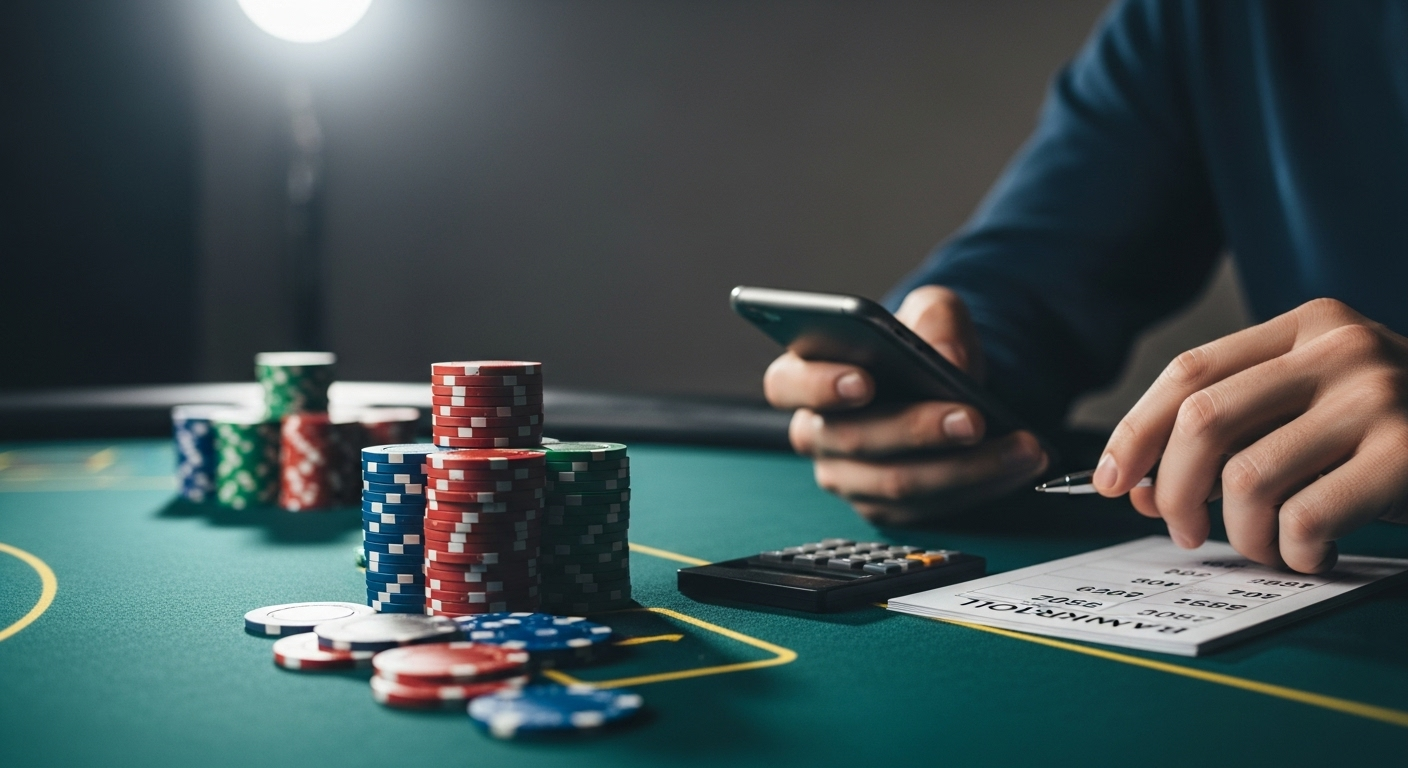Beyond a Single Session: The Discipline of Bankroll Management

New players often think poker success is measured by the hero calls and massive bluffs they see on TV. In reality, the foundation of any successful poker journey—and a surprisingly powerful tool for financial literacy in life—is disciplined bankroll management. It’s the skill that keeps you in the game long enough to let your other skills shine.
What is a Bankroll?
A poker bankroll is a sum of money dedicated exclusively to playing poker. This money is separate from your essential life funds, such as rent, savings, or daily expenses. This separation is non-negotiable. It creates a psychological buffer that allows you to play your best game without fear, as you know that a loss at the table will not impact your real-world financial stability.
The “Buy-In” Rule: A Simple Guideline
How do you know what stakes to play? A conservative and widely accepted rule for live No-Limit Hold’em cash games is the 20 buy-in rule. This means your bankroll should contain at least 20 full buy-ins for the stake level you are playing.
- Example: If the maximum buy-in for a game is ₹5,000, your dedicated poker bankroll should be at least ₹100,000 (20 x 5,000) to play that game comfortably.
This rule ensures that you can withstand the natural swings of the game (the variance). Even the best players in the world go on losing streaks. A proper bankroll ensures that a run of bad luck doesn’t wipe you out.
Moving Up and Dropping Down
Bankroll management is not static; it’s a dynamic process of self-assessment and discipline.
-
Moving Up: When your bankroll grows to have 20+ buy-ins for the next highest stake, you can consider taking a “shot.” This means playing a few sessions at the higher level to see how you fare. If it goes well, you can transition. If not, you have a clear plan.
-
Dropping Down: This is the hardest part for many players due to ego, but it is the most critical. If a losing streak causes your bankroll to fall below the 20 buy-in threshold for your current stake, you must move down to a lower stake to rebuild. This is not a sign of failure; it is a sign of professional discipline. It’s the single action that separates serious players from gamblers.
By treating your poker money like a business’s operating capital, you learn invaluable lessons in risk management, emotional discipline, and long-term planning that extend to every financial decision you make in life.

Comments